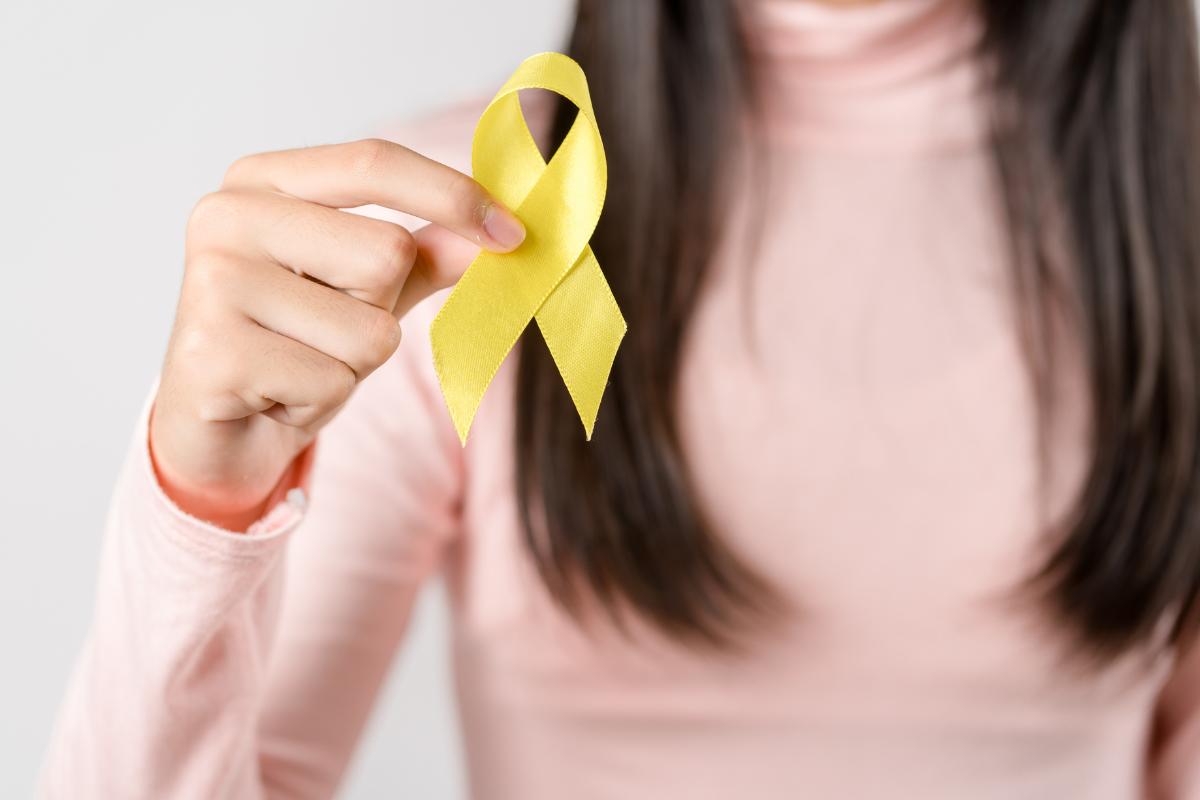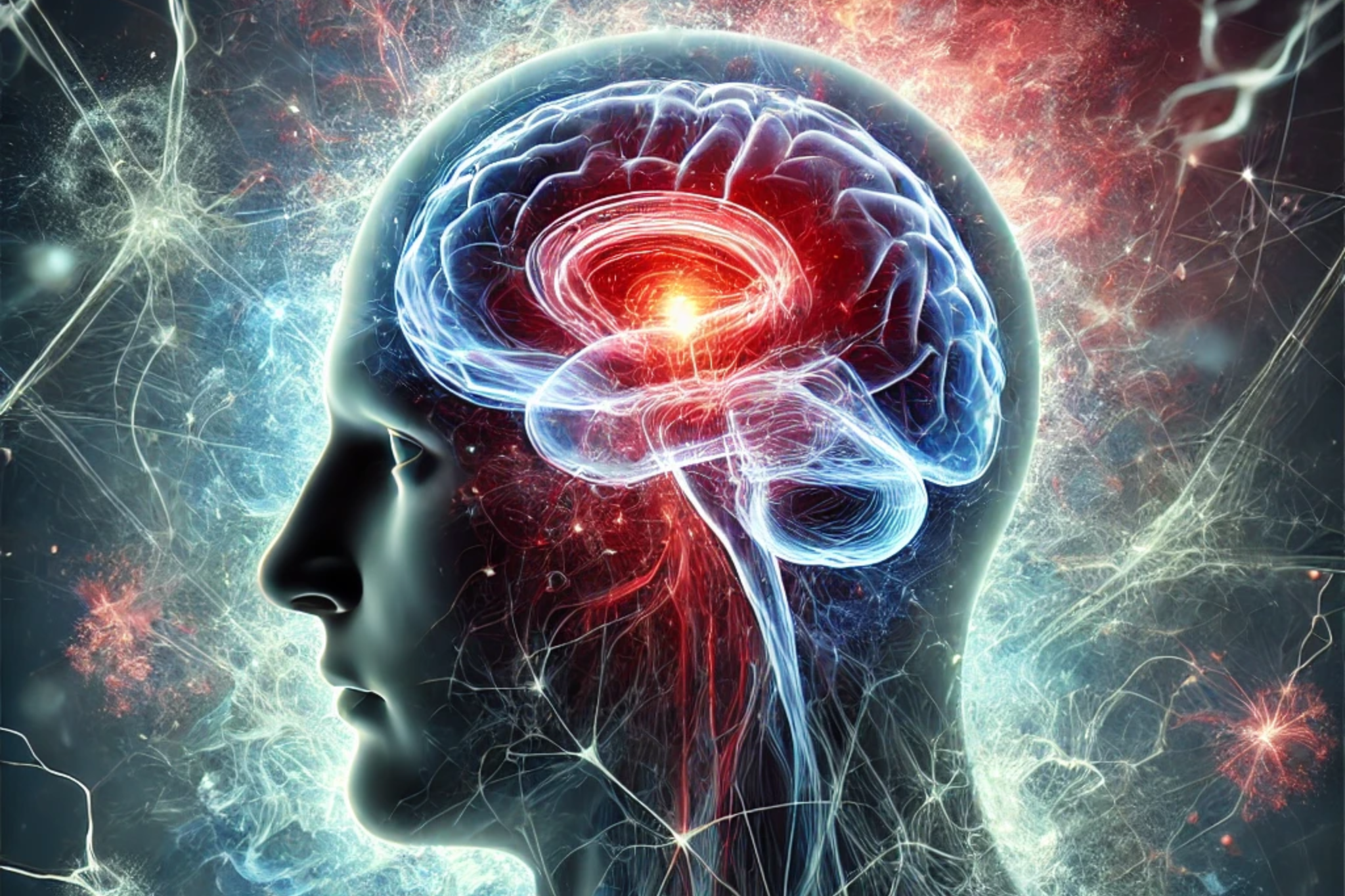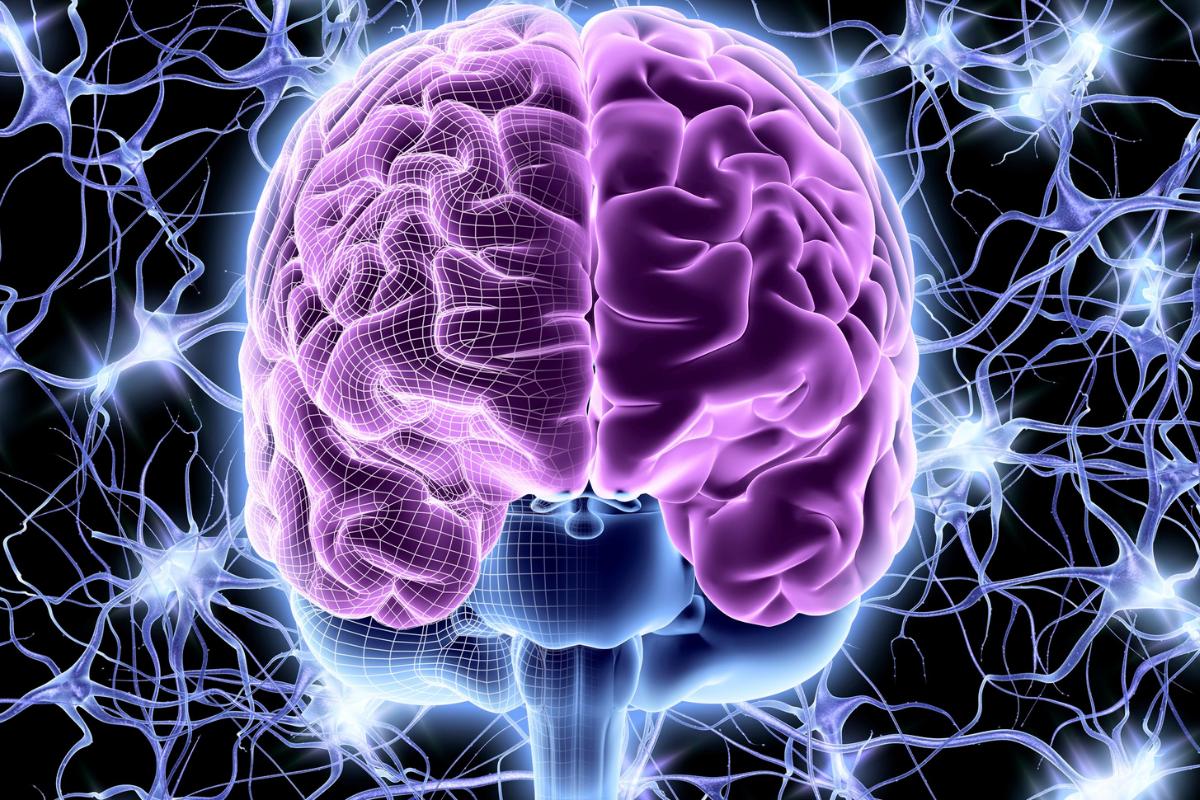Yellow September is an essential campaign that takes place every year to raise awareness of suicide prevention. During this month, efforts are aimed at spreading knowledge about mental disorders and highlighting the importance of providing support for those at risk.
In this post, we'll understand a little more about suicidal behavior and its variations and why we should do our utmost to ensure that campaigns like Yellow September have the reach they need.
Mental disorders and suicide
Mental disorders play a significant role in the risk of suicide. It is estimated that around 90% of suicide cases are associated with mental disorders that could be treated with the appropriate intervention.
Disorders such as depression, bipolar disorder and schizophrenia are often linked to intense feelings of hopelessness and despairfactors that can lead to suicidal thoughts.
It is crucial to understand how to make people aware of Yellow September, because through proper treatment, which can include therapy, medication and psychological support, it is possible to alleviate symptoms and improve quality of life.
Suicide-related diagnosis groups
There are four main groups of diagnoses that can be associated with suicidal behavior, but it is worth remembering that most people with these diagnoses do not manifest suicidal behavior.
Mood disorders
Mood disorders, such as depression and bipolar disorder, can be associated with suicide risk. These disorders can profoundly affect a person's emotional state, leading to intense feelings of sadness, hopelessness and irritability.
- DepressionThe most common symptom is: a persistent feeling of sadness and loss of interest in previously pleasurable activities. Other symptoms include changes in appetite and sleep, fatigue and difficulty concentrating. Treatment is essential to prevent the condition from worsening and to reduce the risk of suicide, especially in high-risk cases.
- Bipolar disorderMood swings: involve extreme mood swings, from episodes of euphoria and hyperactivity (mania) to periods of deep depression. These swings can increase the risk of suicidal behavior, especially during depressive episodes.
Early diagnosis and treatment are essential to control symptoms and prevent serious consequences.
Substance use disorders
Psychoactive substance use disorders, such as alcohol and drug abuse or dependence, have a strong relationship with suicidal behavior. The use of substances can aggravate mental health problems, leading to increased feelings of hopelessness and impulsivity.
Psychoactive substances can distort thinking, instabilize emotions, alter judgment and reduce the ability to cope with stressincreasing the propensity to suicidal thoughts.
Personality disorders
Emotionally unstable personality disorders, such as borderline personality disorder, are characterized by emotional and behavioral instability. These disorders can also lead to impulsive and self-destructive behavior.
Symptoms include abrupt changes in mood, unstable relationships and chronic feelings of emptiness and anger. These symptoms can increase the risk of suicidal behavior.
Psychotic disorders
Psychotic disorders, such as schizophrenia, involve a disconnection from reality, which can include hallucinations and delusions. These conditions can increase the risk of suicide due to the severity of the symptoms and the impact on the perception of reality.
The treatment of these disorders can be complex and involves antipsychotic medication and therapy. Maintaining treatment is crucial to reducing the risk of suicidal behavior and improving quality of life.
Each of these diagnostic groups requires a specific approach to treatment and management, and the early identification and adequate support are essential to prevent suicide.
Suicidal behavior
Suicidal behavior can vary widely in severity, from casual, unplanned thoughts to suicide attempts. These behaviors are critical signs that indicate the urgent need for intervention and support.
- Casual thoughtsSome people may have fleeting thoughts of suicide, usually as a way of expressing pain or despair. Although they may seem less serious, these thoughts must be taken seriously so that they are treated in such a way that they do not develop into a more serious condition.
- PlanningWhen someone starts planning how to commit suicide, this indicates a significant increase in risk. Planning can include researching methods or making preparations, and is a clear sign that the person needs immediate help.
- Suicide attemptsSuicide attempts: suicide attempts are concrete actions in which a person tries to end their own life. This is a serious sign and a medical emergency that requires immediate intervention.
Each of these behaviors, regardless of their apparent seriousness, should be treated as a medical emergency. Ignoring or minimizing these signs can have fatal consequences.
The impact of suicide on relationships
Suicide has a devastating impact on those left behind, profoundly transforming the lives of those close to them. Studies show that, on average, each suicide directly affects around six people close to themThey also have family and friends who are facing intense and complicated grief.
People who lose a loved one to suicide often experience a range of emotions, including shock, guilt, anger and sadness. Grief and mourning can be deep and long-lasting, affecting the mental and emotional health of the bereaved.
It is crucial to offer psychological support to the bereaved to help them process the loss and find ways to deal with the pain. Support groups and therapy can provide a safe space to express feelings and start the treatment process.
Suicidal behavior is a medical emergency
Any manifestation of suicidal behavior, from casual thoughts to actual attempts, should be treated as a medical emergency. There is no degree of seriousness that can be ignored, as any sign can be an indicator of a serious and imminent risk.
The urgency of treating suicidal behavior cannot be underestimated. Ignoring these signs can have tragic consequencesimmediate intervention is essential to ensure the safety of the person at risk and provide the necessary support.
Campaigns like Yellow September play a crucial role in this mission, raising awareness and encouraging people to seek help. They help to demystify the issue, encourage open dialogue and ensure that people in crisis know that support is available.
But what is the importance of Yellow September? This campaign goes beyond simply raising awareness, offering an opportunity for society to reflect on mental health, breaking down stigmas and saving lives through access to information and support resources.
If you or someone you know is experiencing suicidal thoughts, seek immediate help. Contact health professionals, helplines and emergency services. Remember: it's okay to ask for help, and early intervention is the key to prevention and recovery!
And if you want to continue learning about a wide range of topics involving mental health, read other posts here at Dr. Petrus' blog.







